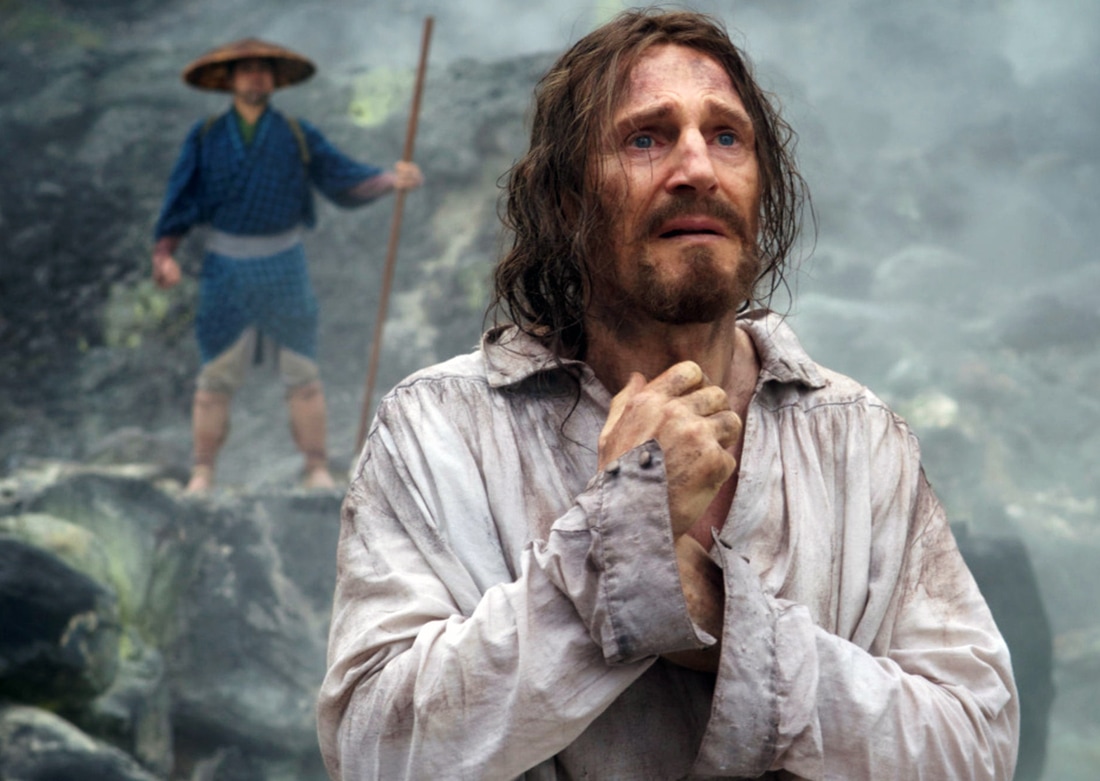|
MARTIN Scorsese spent over two decades attempting to bring the 1966 novel SILENCE to the contemporary screen, and 2016 finally saw the results of his labours. The film adaptation of the same name represents a rather personal project for the director, and opened last December to wide critical acclaim. With the Academy Awards around the corner, SILENCE seemed poised to receive a plethora of nominations, especially with Scorsese regularly receiving a nomination for Best Director throughout his career (8 Best Director nominations and 1 win). However, the film only received one nomination: Cinematography. Given that Scorsese’s two most recent works - HUGO (2011) and THE WOLF OF WALL STREET (2013) - earned him nominations in both the Best Picture and Best Director categories, why was SILENCE overlooked?
The film focuses on two 17th-century Portuguese priests, Sebastião Rodrigues (Andrew Garfield) and Francisco Garupe (Adam Driver) who travel to Japan in search of their recently-defected mentor (Liam Neeson). While spreading the gospel the pair are captured by the Nagasaki authorities and Rodrigues is given an ultimatum: step on an image depicting Jesus Christ as a gesture representing the renouncement of his faith, or see the oppression of the local Japanese Christians continue. SILENCE struggles to captivate at first with a slow-burning first act, but once the pair are arrested, the film shifts focus to a subject matter both more engaging and contentious. SILENCE’s central struggle is embodied by Rodrigues, as he deliberates whether to go through with this symbolic renouncement of his faith. Whilst he is undoubtedly a sympathetic figure whose torment at the hand of the Shogunate makes for some compelling viewing, there is a level of dissonance as the systematic oppression of the local Japanese Christians is processed through the lens of a white protagonist. Rodrigues watches as the locals are humiliated, bullied and executed, but his personal crisis of faith is the central conflict of the film. The subjugation of Japanese Christians by the Tokugawa shogunate was a real historical issue which claimed countless lives, so to see it framed through the perspective of a white outsider is unfortunately emblematic of Hollywood’s reluctance to engage with the historical events of other cultures without relying on a white lead. Additionally, Rodrigues’ refusal to renounce his faith for the sake of the safety of the locals - up until the very end of the film - can come across as either a selfish act or deeply resonant, depending on the viewer’s perspective on faith. This is where the nature of the film as a personal project for the Roman Catholic Scorsese is at its most apparent, and it leads to what is ultimately one of his least accessible films. Previous Academy Award ceremonies have been no stranger to celebrating films of a similar breed to SILENCE, with success stories including THE HURT LOCKER (Kathryn Bigelow 2008) and AMERICAN SNIPER (Clint Eastwood 2014), both examples of films which repurpose the suffering of marginalised groups for the sake of white male angst. This year seems to show a more concerted effort than usual for the Academy to recognise diverse films – a likely response to the criticisms levelled at 2016’s ceremony. With a more progressive selection of films including FENCES (Denzel Washington 2016), HIDDEN FIGURES (Theodore Melfi 2016) and MOONLIGHT (Barry Jenkins 2016) among this year’s frontrunners, it is possible there was simply no room for a reliable-yet-drab effort like SILENCE. Much bleaker and drier than Scorsese’s other recent works and less broadly interesting compared to so much else currently in cinemas, it is hard to imagine a wide audience finding much appeal in SILENCE. It still makes for a gripping watch, but when compared to its contemporaries, SILENCE fails to excite or innovate. More short reads about ACCOLADE >>> |


